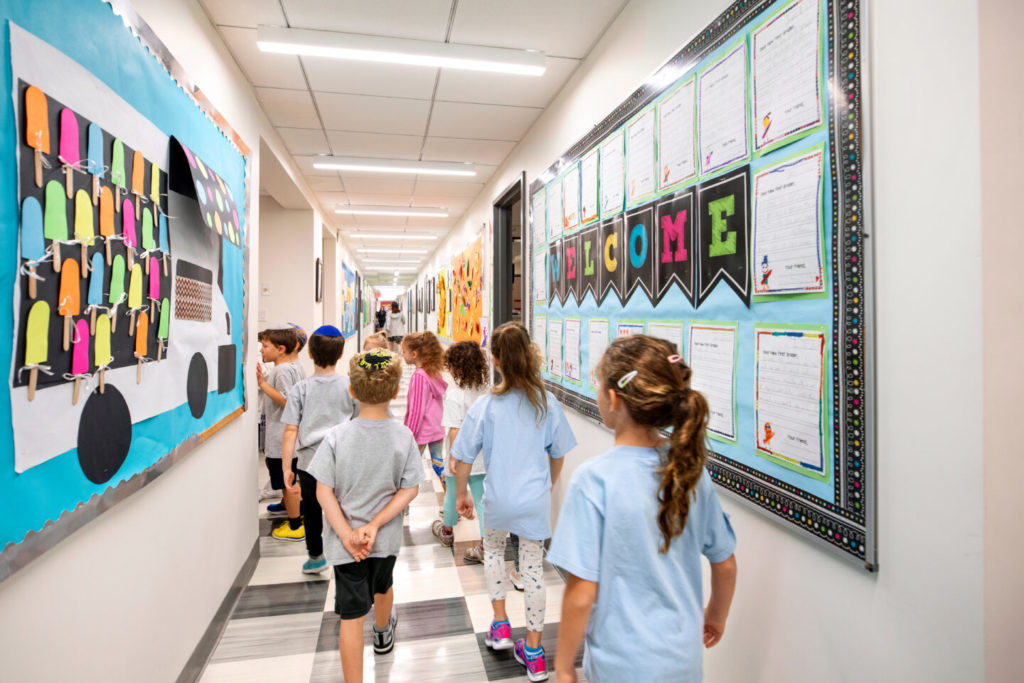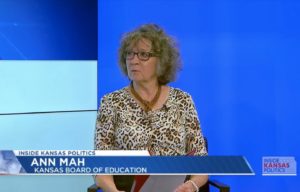Why special education needs school choice
Public education is often touted for providing a universal education. But recent reports reveal public schools often neglect to adequately provide for their special education students.
A report…

Public education is often touted for providing a universal education. But recent reports reveal public schools often neglect to adequately provide for their special education students.
A report from Advocates for Children revealed that thousands of disabled preschoolers in New York City never received the services mandated for them in their Individualized Education Program (IEP).
Over 6,500 students never received a single session of speech therapy during the 2021-22 school year. More than 5,300 never received occupational therapy, and nearly 2,000 never had physical therapy.
Thousands more were never assigned a special education itinerant teacher or spent the year waiting for a seat in a special education classroom.
The New York Citywide Council on Special Education blamed “the ongoing public health crisis of the COVID-19″ for the disastrous findings in the report.
However, failures to meet special education standards aren’t just occurring in New York, where pandemic restrictions were tightest.
Disabled students are being left behind all over the nation – in states like Colorado, Michigan, Texas and Virginia.
In many cases, parents are forced to become advocates for their children within the bureaucratic public school system and often end up seeking new opportunities and alternatives.
That’s why school choice programs are vital to meeting the unique needs of special education students.
Currently, more than 30 states have at least one school choice program, and some have multiple. Nearly 20 of those programs are specifically tailored towards students with IEPs.
Using a combination of vouchers, tax credits, and education savings accounts (ESAs), states help families of special education students pay for education-related therapy, tutoring, and private school tuition. And most scholarships actually cost less than the state’s average per-pupil public school funding.
State choice programs vary in size from a few hundred students to tens of thousands. Florida’s ESA program serves over 25,000 children with special needs.
Some states even tailor their scholarships to specific disabilities. Mississippi has a program just for dyslexic students and another for speech-language therapy needs.
And the demand for school choice programs among families of special needs students is only growing.
In May, Montana’s governor signed a bill to create ESAs for special needs students, and numerous other states also enacted ESA programs this spring.



